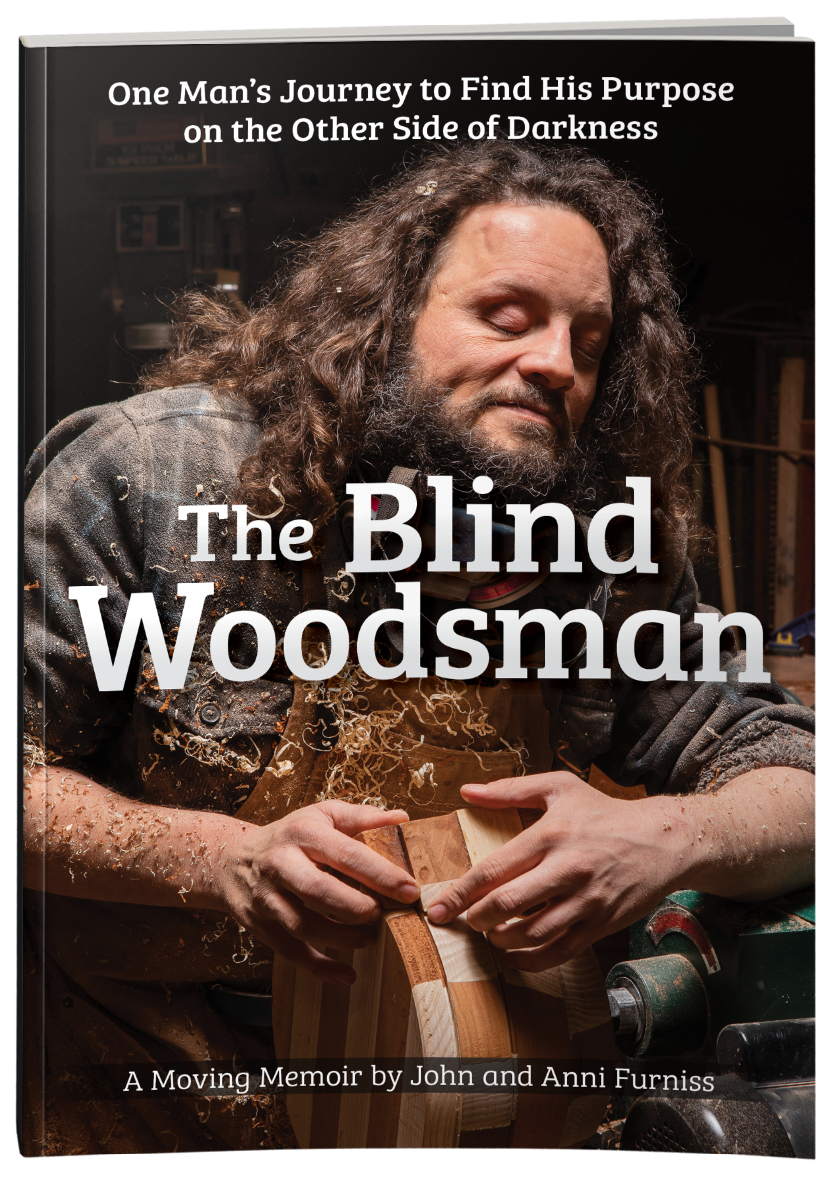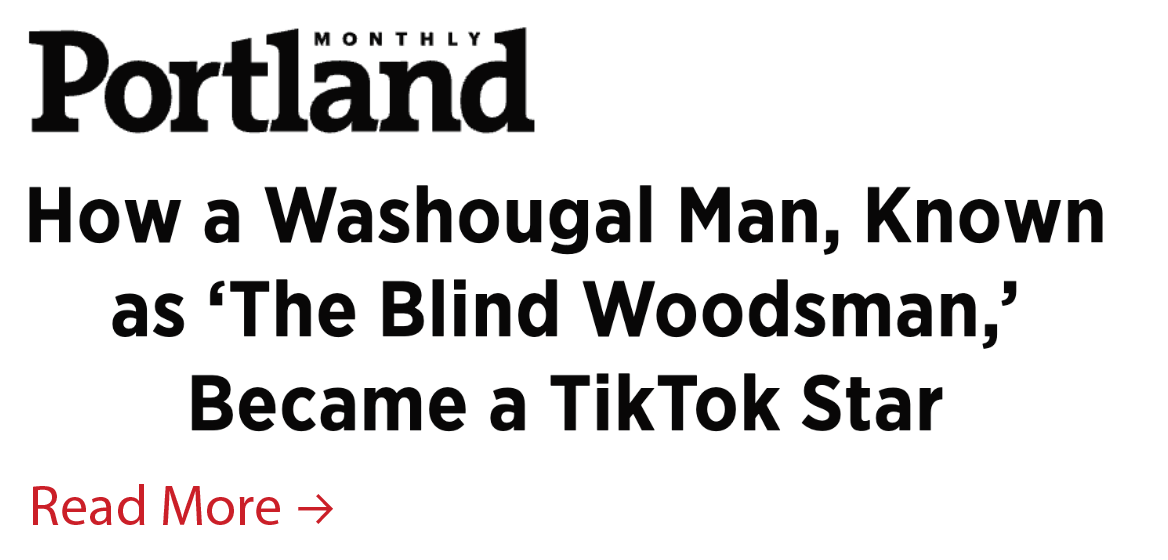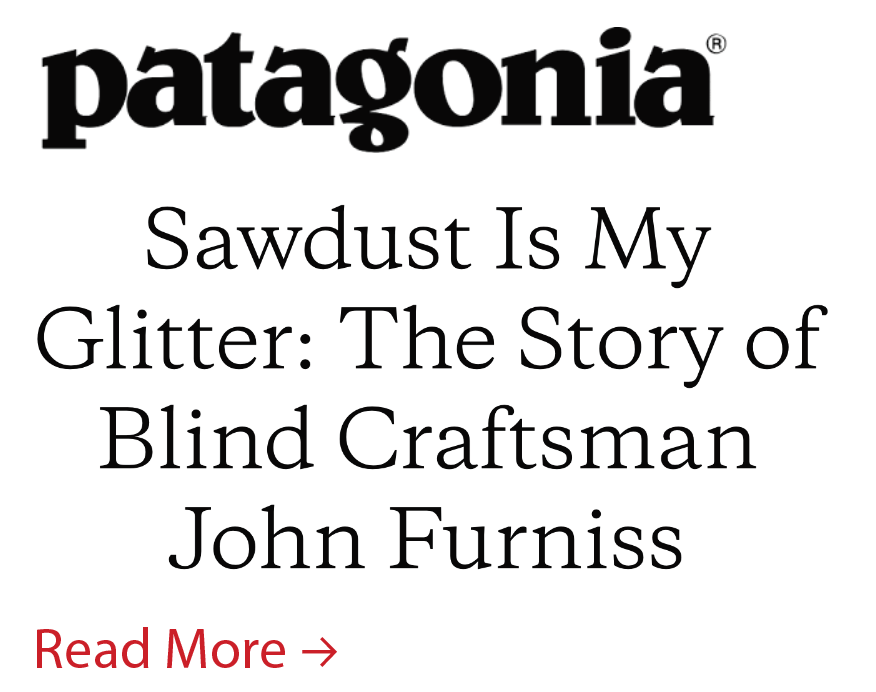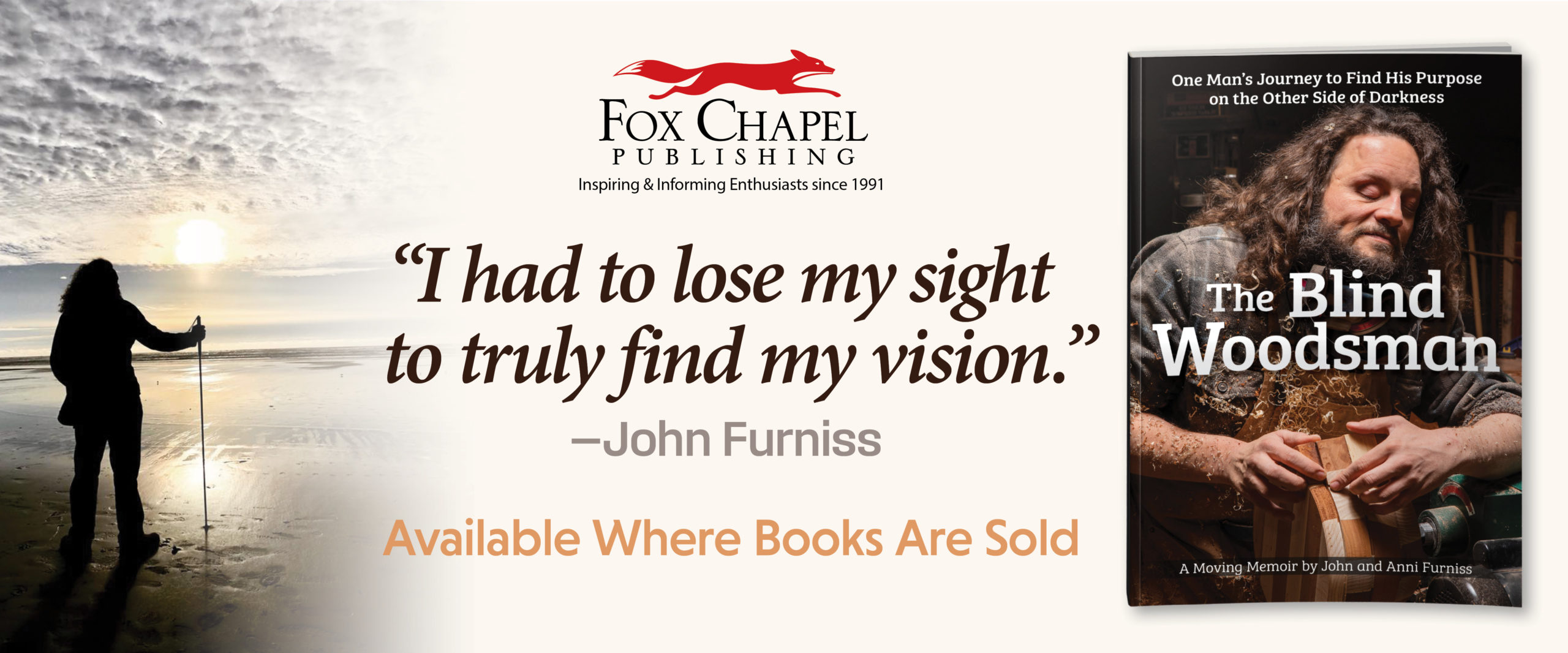
Order Your Copy Today
Upcoming Events & Appearances
| Event | Date | Location |
|---|---|---|
| Check back for upcoming events |
One Man’s Journey to Find His Purpose on the Other Side of Darkness
A moving memoir by artist couple John and Anni Furniss. A renowned woodworker, John shares his path to happiness despite real life struggles with drug addiction, anxiety, depression, financial despair, and permanent blindness from a failed suicide attempt at the age of 16. In this two-perspective autobiography, John and Anni share their love story and how they have built a new life full of hope and promise.
Table of Contents
Foreword
Introduction
Chapter 1: Keys to the Heart
Chapter 2:Walking through the Darkness
Chapter 3: Losing Sight, Gaining Vision
Chapter 4: Rebirth
Chapter 5: Love is Blind
Chapter 6: I See You
Chapter 7: Back to Sawdust, Starting Over Again
Chapter 8: The Steps in Between
Chapter 9: Leap of Faith
Chapter 10: Such Great Heights
Chapter 11: If you Can’t See, Imagine
Gallery
Excerpt from Chapter 4: Rebirth
I like to call the first year and a half in Washington my “college years.” At
this point, I was still using substances to cope, but meth was off the table for
good. It had almost killed me, and I wasn’t going to let it get in the way of the life
I envisioned for myself. Tackling addiction is a lifelong undertaking—it doesn’t
happen overnight and sometimes never disappears.
At this point I was drinking pretty heavily. I was still chasing the feeling of
numbness. Even though my life was taking an upward turn, the demons I had
struggled with my whole life were still with me. A lot of those feelings were that of
loneliness and longing for a life companion.
Initially when I moved to Washington state, I was placed in a small house
next to the piano repair school. It was a house set up for two people, so I had
a roommate. It was convenient that it was directly next to the school, so the
commute was about a hundred feet, if that. read more.
Working on a piano is mainly fine-tuned woodworking. Most of the
instruments are made of wood, leather or felt. I remember when I was working on
that table, I wished I could turn what I was doing into a living. This felt pretty close
to woodworking, and it kept my hands busy.
The school had a schedule with classes just like any learning institution. In
the mornings, our head teacher would go over terminology. Then, he would assign
daily tasks such as tuning, learning how to regulate (calibrate) a piano, and making
minor repairs and replacements. The majority of my first semester was taken up by
learning to tune. Tuning a piano is a very complex process. It took me a very long
time to learn. It was frustrating, and I didn’t care for it. I would obsess about getting
each note just right, and it would sometimes take me days to tune one piano. It
just wasn’t my cup of tea.
Something I did love was all of the mechanics involved in piano work. The
number of parts astonished me. 11,000 on average, sometimes more than 12,000
depending on the size of the instrument!
Around this time, I knew I would need a measuring device to work on
pianos. I had already been using a click rule with woodworking, but I was able to
find another device that worked better for me. It is called a Rotomatic, and I still
use it today
Essentially, a Rotomatic is a finely machined bolt which is flattened on both sides other than a tab every ½” along one side. Then it has a large rectangular-shaped nut, which is 1/16” for every full turn. It has extensions measuring 6”, 12”, and 18”. It’s much smaller than a click rule, which made it easier to navigate the smaller spaces of a piano.
I moved into a small apartment complex near the school six months after starting school. My criminal record made it challenging to find housing, but the place I found was a good fit.
I made some friends with people there right away, and since we were all relatively young men who were single, it could get a little rowdy. The apartment complex was basically like a frat house for that reason. After my school day and on weekends, we would spend time drinking, listening to music, and grilling food. That feeling of loneliness I had felt most of my life subsided. My new friends didn’t treat me differently because of my blindness; I felt like I belonged.
I was attending school full time, and things were going really well. I was progressing with my program, but tuning was still my biggest barrier.
Early on in my program, I met Rick Patten. We became good friends immediately. Rick had been a piano rebuilder for many years and was one of the best in the business. He had a shop near the school full of supplies and materials and would often partner with the school on jobs. He did all of their major rebuild jobs. We got to know each other though the school, and one day I showed him the table I built.
He saw potential in me and believed I would be able to learn advanced methods. This was how the table would eventually lead me to meet my wife.
My other closest friends at this time were Joe and TJ. They both lived in the same apartment complex that I did. The best way to describe Joe is crusty on the outside with a heart of gold on the inside. He was a 20-year veteran who had been a drill sergeant and combat engineer. Joe and I got along very well. We identified with each other in many ways. Just like most of my close relationships, Joe was about 20 years older than me. Sadly, Joe passed away in February of 2023.
TJ was one of the nicest people I’ve ever known. He and I formed a very close relationship, and he had an intuitive ability to know exactly how to help me. We went miniature golfing once, and that was an amazing experience. I was able to get par on almost every hole. When we got to each new hole, TJ would take his clubs and tap on the places that I needed to avoid so I would know how to hit my golf ball. It worked out well.
Something I felt that I had robbed myself of in my early 20s was my independence. I wished I’d had the freedom to explore and hop in my car on my own whenever I wanted. These feelings of regret were probably what fueled a lot of my drug use during those years as a young man. On the other hand, I believe blindness has brought out the bravery in me. I have done things as a blind person that took lots of courage.
This time in Washington felt like a do-over, a chance to live independently successfully. I was living on my own and cooking for myself. I upgraded from hard boiled eggs to frozen dinners and occasionally TJ and I cooked together. Most of what I was eating was just stuff I threw in the microwave, but this was accessible for me. It was a far cry from the cup of noodles I lived on in Craig.


John and Anni’s Biography:
John and Anni Furniss are a married artist couple living in Southwest Washington with their dog Pickle. John is completely blind and has been a woodworker for almost 20 years. He is a suicide survivor who is passionate about sharing his story to help others. He can also often be found doing talks in local schools about mental health and blind awareness with Anni by his side. He volunteers at the Washington School for the Blind teaching woodworking to the students there.
Anni has been a mixed media artist including painting, photography, sculpting and fiber arts for almost 30 years. She uses art as therapy for a hypermobility condition. She loves spreading awareness about using art as a tool to help mental and physical challenges. Anni worked at the Vancouver Community Library for 14 years and spent many years volunteering to organize community events such as fundraisers and art shows.
Together, John and Anni have created an online community dedicated to mental health awareness, disability advocacy and art that now has over two million followers. They are currently writing their first book together.
In the Media
John’s Mental Health Reminders
- Hug a tree, no matter how skinny it is.
- Go for a walk.
- Say positive affirmations into a mirror, even if you can’t see yourself.
- Cuddle with a furry friend if you have one. I wouldn’t recommend wrestling a raccoon, though.
- Take a shower or brush your teeth.
- Try to make yourself laugh. “You know why blind people don’t skydive? Because it scares their dog too much.”
- Try to read a book (or listen to one in my case).
- Say some silly sounding words. Synonym of cinnamon. Synonym of cinnamon.
- Call a friend.
- Put a flag on every victory, whether that be the perfect pancake flip or just flipping yourself out of bed.
- Sometimes the smallest thing can change your whole day or mood!
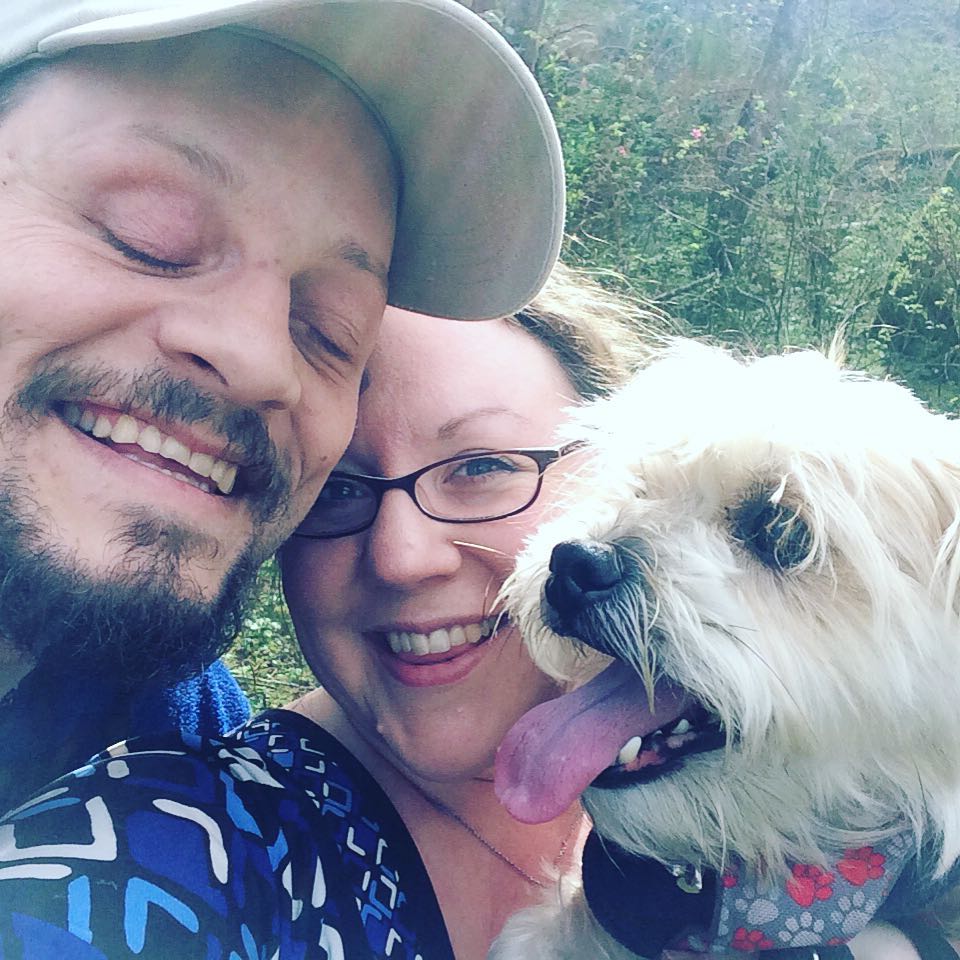
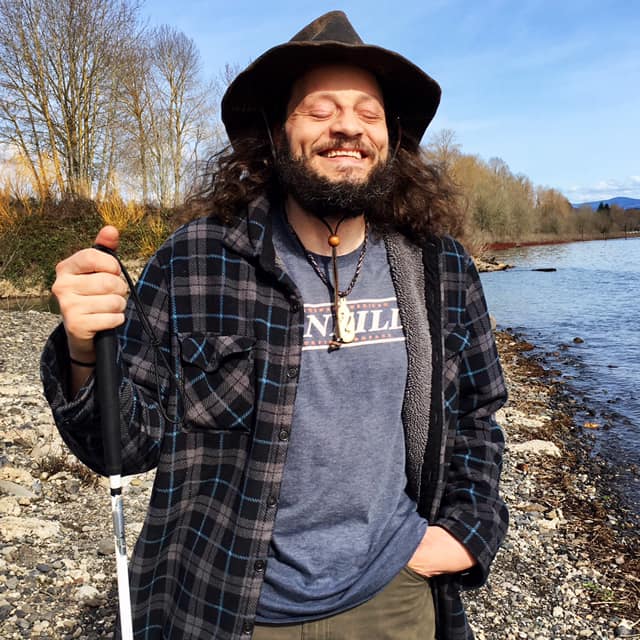
“Don’t fall into the trap of comparing yourself with others. You won’t have the same gifts another person has; you are totally unique. Use what seems like a disability to your advantage. And give yourself time to grow. Don’t be upset if you aren’t a master woodturner the first time you pick up a chisel or a head chef the first time you chop an onion. Give yourself grace and practice your craft consistently.”
— John Furniss
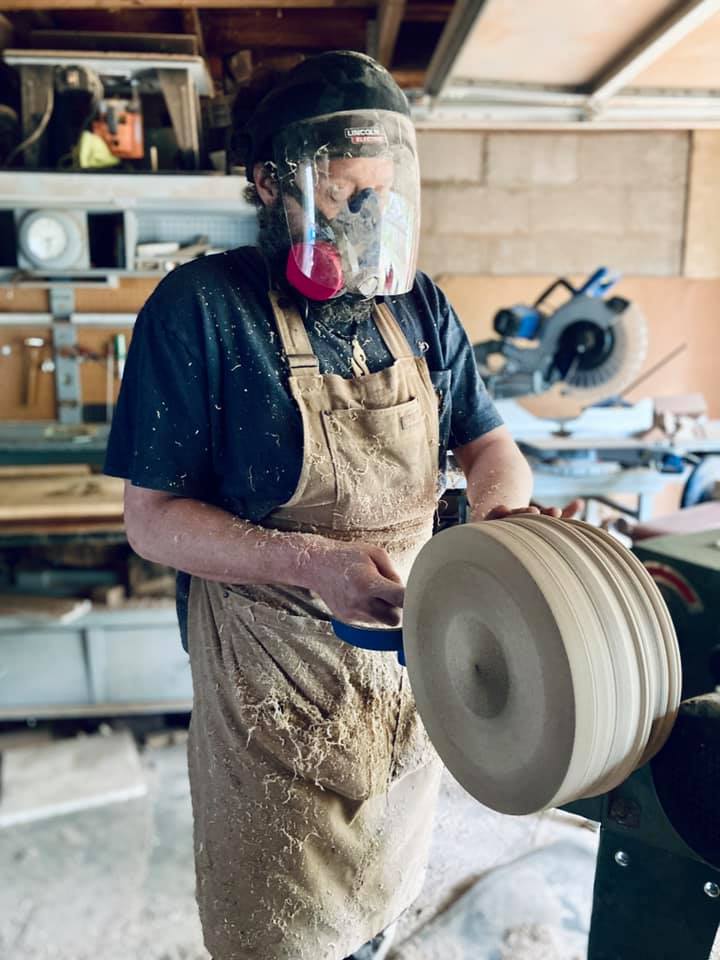

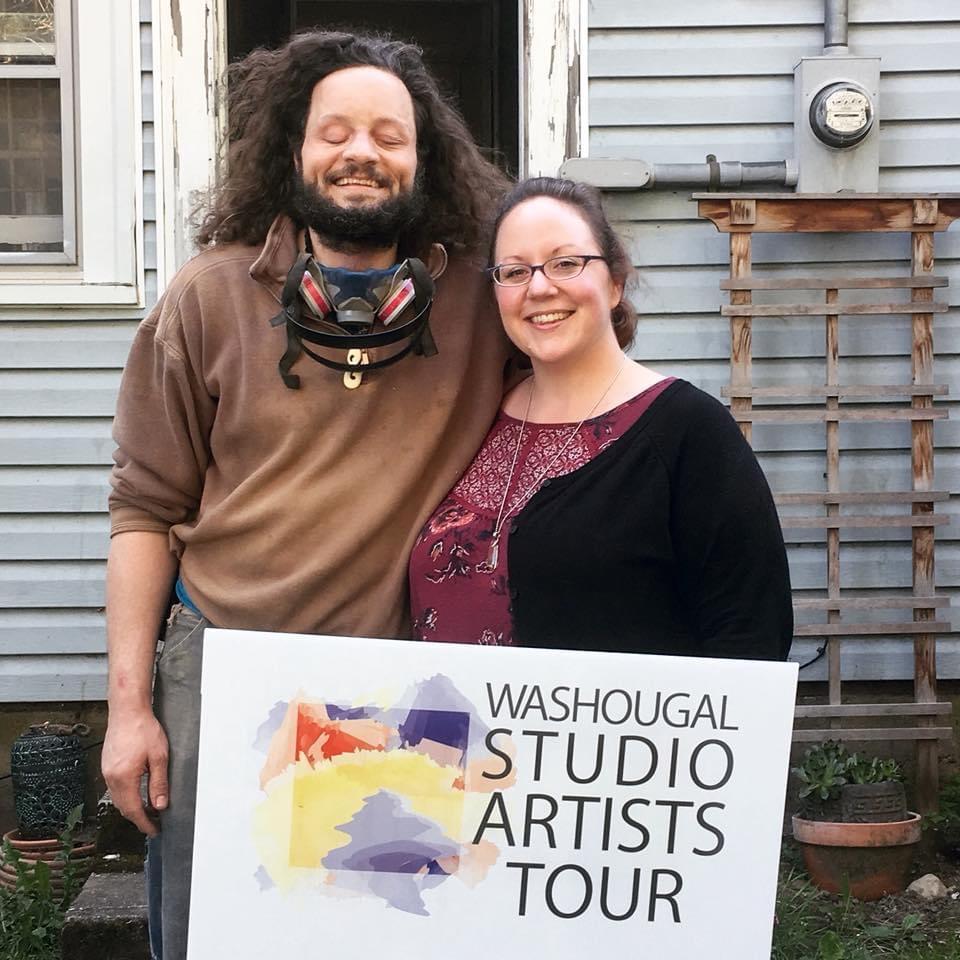
Reviews
A beautiful story about perseverance, triumph over trauma, and finding love and common purpose through creativity. John’s resilience and journey into woodworking is truly inspiring. I believe there’s nothing more gratifying than working with your hands.
—Tom Silva, This Old House
The Blind Woodsman shows us the true ‘Maker’ spirit: that the desire to create is always stronger than all the hurdles that life may throw at you. John’s story is an inspiration and a testament to the power of the creative act to heal us and carry us through the darkest of times.
—Jimmy Diresta “Maker” YouTube, Netflix
The ability to make beautiful and useful things from wood that will last for generations is fulfilling in ways people who do not work with their hands will never know. It has been a part of my entire adult life, so John Furniss’ story of the triumph of friendship and vocation over self-destruction and disability resonates with me and will with anyone who struggles in their life. Which is to say all of us.
—Ralph Bagnall, Host of Woodcademy TV and frequent contributor to magazines such as Popular Woodworking and Woodworker’s Journal
A triumph of overwhelming adversity through love and craft. John Furniss’s story shines a light on resilience, demonstrating the remarkable power of passion amidst adversity.
— Molly & Dylan Strachan, Woodbrew
John and Anni Furniss invite us into their world, illuminating how even in the darkest moments, there can be an abundance of light. Their journey inspires us to look beyond our circumstances, embrace gratitude, and discover the courage to fully embrace life, even in the face of challenges.
—Portia Booker, TV Host, The Grief Grantor
In The Blind Woodsman, John and Anni seamlessly weave their love story with the artistry of woodworking and battling the personal demons of mental health—a powerful and inspiring read.
—Professor Jay Kinsinger, Owner of Sojourn Cyclery : Purveyor of wooden bicycle frames and workshops
John’s story is one we all need to hear. It allows us to truly understand why kids may want to harm themselves, some of the reasons for addiction, and the wonder of recovery. You will be glad that you took the time to meet John and Anni.
—Kim Schneiderman, Executive Director, National Alliance on Mental Illness, NAMI SW Washington
